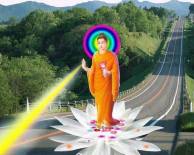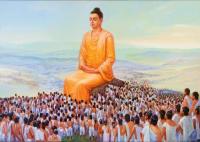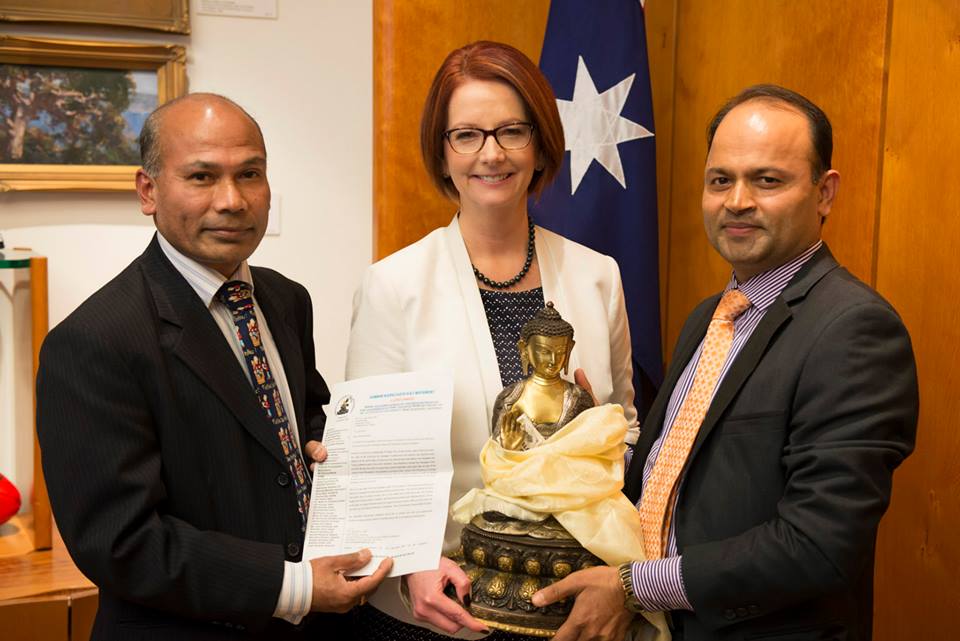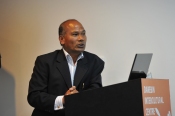By John Stanley and David Loy
 “The entire cosmos is a cooperative. The sun, the moon, and the stars live together as a cooperative. The same is
“The entire cosmos is a cooperative. The sun, the moon, and the stars live together as a cooperative. The same is true for humans and animals, trees, and the Earth. When we realize that the world is a mutual, interdependent, cooperative enterprise — then we can build a noble environment. If our lives are not based on this truth, then we shall perish.” –Buddhadasa Bhikkhu
true for humans and animals, trees, and the Earth. When we realize that the world is a mutual, interdependent, cooperative enterprise — then we can build a noble environment. If our lives are not based on this truth, then we shall perish.” –Buddhadasa Bhikkhu
“The term ‘engaged Buddhism’ was created to restore the true meaning of Buddhism. Engaged Buddhism is simply Buddhism applied in our daily lives. If it’s not engaged, it can’t be called Buddhism. Buddhist practice takes place not only in monasteries, meditation halls and Buddhist institutes, but in whatever situation we find ourselves. Engaged Buddhism means the activities of daily life combined with the practice of mindfulness. –Thich Nhat Hanh
In one of Buddhism’s iconic images, Gautama Buddha sits in meditation with his left palm upright on his lap, while his right hand touches the earth. Demonic forces have tried to unseat him, because their king, Mara, claims that place under the bodhi tree. As they proclaim their leader’s powers, Mara demands that Gautama produce a witness to confirm his spiritual awakening. The Buddha simply touches the earth with his right hand, and the Earth itself immediately responds: “I am your witness.” Mara and his minions vanish. The morning star appears in the sky. This moment of supreme enlightenment is the central experience from which the whole of the Buddhist tradition unfolds.
The great 20th-century Vedantin, Ramana Maharshi said that the Earth is in a constant state ofdhyana. The Buddha’s earth-witness mudra (hand position) is a beautiful example of “embodied cognition.” His posture and gesture embody unshakeable self-realization. He does not ask heavenly beings for assistance. Instead, without using any words, the Buddha calls on the Earth to bear witness.
The Earth has observed much more than the Buddha’s awakening. For the last 3 billion years the Earth has borne witness to the evolution of its innumerable life-forms, from unicellular creatures to the extraordinary diversity and complexity of plant and animal life that flourishes today. We not only observe this multiplicity, we are part of it — even as our species continues to damage it. Many biologists predict that half the Earth’s plant and animal species could disappear by the end of this century, on the current growth trajectories of human population, economy and pollution. This sobering fact reminds us that global warming is the primary, but not the only, extraordinary ecological crisis confronting us today. Read the rest of this entry »
35.387579
-85.962483
 “My life is a story of the self-realization of the unconscious.” –C.G. Jung
“My life is a story of the self-realization of the unconscious.” –C.G. Jung















































